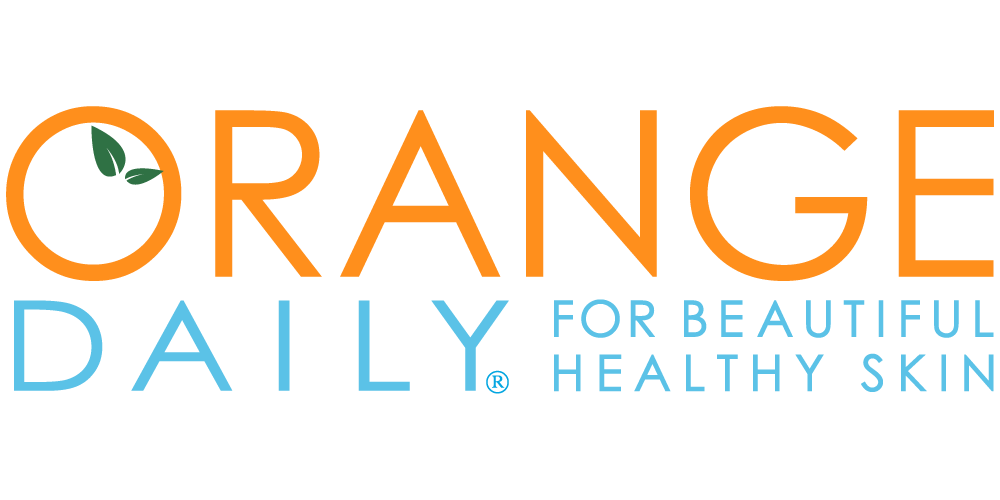22. Ingredient Details: Age-Defying Tri-Retinol Complex

Age-Defying Tri-Retinol Complex – This nighttime component rejuvenates skin. OrangeDaily was the first to combine three types of vitamin A – Retinol,
Retinyl Acetate and Retinyl Palmitate with topical vitamin C to create a most effective anti-aging component in the system. This Tri-Retinol Complex stimulates cell renewal, strengthens and firms, stimulates epidermal cell renewal and reduces lines and wrinkles. Topical vitamin C antioxidant counteracts free radical damage, sun damage and stimulates collagen. OrangeDaily Anti-Aging Tri-Retinol Complex is a unique combination of antioxidants, emollients and emulsifiers featuring Retinol ingredients. Retinoids are found in skin cells (keratinocytes) where they function as anti-oxidants. Retinoic acid (Tretinoin) has been used by dermatologists to slow skin aging, improve skin color, remove skin color irregularities and clear up acne, but with adverse side effects that cause skin irritation, skin “burning” and increased sun sensitivity. All three forms of retinol ingredients in OrangeDaily Tri-Retinol Complex combine in low dosages to synergistically produce the desired effects of Tretinoin without the adverse reactions. OrangeDaily Tri-Retinol Complex provides an effective alternative in improving wrinkling, controlling acne and diminishing skin discoloration.
Vitamin A (Retinyl Palmitate) VITAMIN
Improves skin appearance by:
1. inhibition of collagenase (an enzyme that breaks down collagen,) making the skin firmer and more flexible.
2. increases epidermal proliferation. A normal cell turnover cycle is 28 days. Retinyl Palmitate reduces this time to 14-16 days. This results in thicker, “plumper” skin. This also improves acne treatment, softens skin, lifts dark spots and reduces wrinkles.
3. helps peel away age spots and blemishes.
4. antioxidant, limits oxidative damage caused by free radicals – internal (peroxisomes, phago-cytes, enzymes) and external (UV radiation, pollution, alcohol, smoke, pesticides, heavy metals.) These free radicals are highly reactive molecules that damage cellular structures, including DNA, proteins, carbohydrates or cellular membranes. This process is termed “oxidative stresses.”
Vitamin A (Retinol) VITAMIN
- a weaker form of Tretinoin.
- improves skin aging, skin color (removes many irregularities) and clears up acne without the adverse effects of Tretinoin that produces skin irritation, burning and sun sensitivity.
Vitamin A Acetate (Retinyl Acetate) VITAMIN
- yet another form of retinol with potential anti-neoplastic and chemo-preventative activities.
- uses the same binding principles to free radicals as Retinyl Palmitate. Also, less irritating to the skin than Retinol or Retinoic Acid.
Vitamin C (Sodium Ascorbyl Phosphate – SAP) VITAMIN
Most forms of vitamin C are water-soluble molecules with low transdermal efficiency. In many cases, only a portion of vitamin C applied will penetrate the skin to reach the dermis and epidermis layer. Vitamin C, a powerful antioxidant, is itself easily oxidized and will break down in the presence of light and air, rendering it ineffective. SAP is a more efficient chemical for transdermal vitamin C delivery to the deeper layers of the skin. It provides the same benefits of vitamin C, but is more stable to overcome skin delivery problems associated with vitamin C.
Contact us here for questions or comments.


